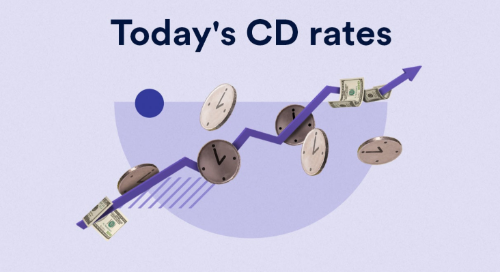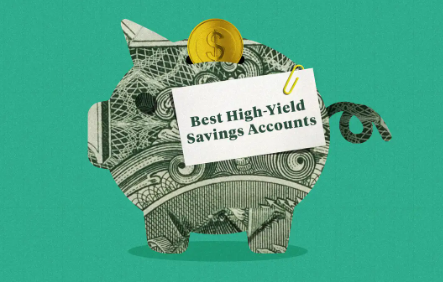
Related searches

As of 2024, the landscape of loans has been influenced by several factors, including rising interest rates, inflationary pressures, and changes in government policies. This article explores the current state of loans in the U.S., focusing on key trends, challenges, and opportunities for borrowers.
The Impact of Rising Interest Rates
One of the most significant trends in the U.S. loan market is the ongoing increase in interest rates. In response to persistent inflation, the Federal Reserve has implemented a series of rate hikes, pushing the federal funds rate to its highest levels since the 2008 financial crisis. This has had a direct impact on various types of loans, including:
Mortgage Loans:
Higher Mortgage Rates: Mortgage rates have risen sharply, making home loans more expensive for borrowers. As of mid-2024, the average rate for a 30-year fixed mortgage has surpassed 7%, significantly higher than the rates seen in the early 2020s. This has slowed the housing market, with potential homebuyers facing increased monthly payments and stricter lending criteria.
Adjustable-Rate Mortgages (ARMs): Borrowers with adjustable-rate mortgages are particularly affected, as their interest rates adjust upward in line with broader market trends, leading to higher monthly payments.
Personal Loans:
Increased Borrowing Costs: Personal loans, often used for debt consolidation, major purchases, or unexpected expenses, have also seen higher interest rates. Borrowers with lower credit scores are facing even steeper rates, making it more challenging to secure affordable financing.
Tighter Lending Standards: Lenders are tightening their requirements, making it more difficult for those with less-than-perfect credit to obtain loans. This shift reflects lenders’ concerns about potential defaults in an uncertain economic climate.
Auto Loans:
Rising Monthly Payments: Auto loans have been impacted by both higher interest rates and rising vehicle prices. The average monthly payment for new car loans has reached record highs, putting a strain on consumers’ budgets.
Extended Loan Terms: To offset the high costs, some borrowers are opting for longer loan terms, extending to seven or even eight years. While this lowers monthly payments, it also increases the overall interest paid over the life of the loan.
Inflation and Its Effects on Borrowing
Inflation remains a central concern in the U.S. economy, affecting the cost of goods, services, and borrowing. As inflation drives up prices, consumers and businesses are finding it more expensive to borrow money.
Consumer Loans: Rising costs of living have led to an increased reliance on consumer loans, such as credit cards and personal loans, to cover everyday expenses. However, with higher interest rates, these loans are becoming more costly, creating a challenging environment for borrowers who are already struggling with inflationary pressures.
Business Loans: Small and medium-sized enterprises (SMEs) are particularly affected by inflation. As the cost of raw materials, labor, and energy increases, businesses are seeking loans to maintain cash flow and cover operational costs. However, higher borrowing costs and tighter credit conditions are making it more difficult for businesses to access affordable financing.







